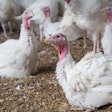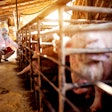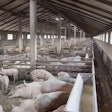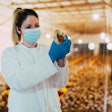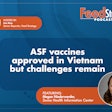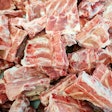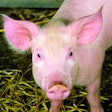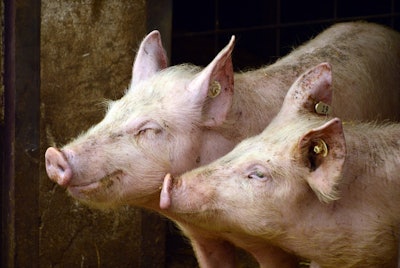
In every single province in China, ASF is wreaking havoc on the world’s largest hog herd. There is no vaccine for ASF, which kills almost all pigs that become infected with it. The strength and severity of the disease, when combined with China’s inability to stem its spread, has led to significant decreases in animal numbers within the country. Mongolia, Vietnam and Cambodia have also reported ASF.
By March, China’s herd had dropped nearly 19% relative to a year ago. More concerning is the reported drop in the breeding sow inventory to 21%, significantly jeopardizing future pork supply. Most analysts suspect all of these numbers are underreported. Rabobank has projected that 2019 pork production in China will decline by 30%, dropping from 54 MMT in 2018 to 38 MMT this year.
To give some perspective, a 20% decline in pork production in the country would roughly equal 11 MMT. In 2018, total pork exports for the entire world were just 8.4 MMT. There is simply not enough excess pork in the world to supply the anticipated shortfall in production that China will experience. The U.S. Meat Export Federation estimates that 2019 global trade could potentially be pushed to 11.7 MMT, but this 40% increase would not be enough to meet the world’s shortage.
China is already increasing its pork imports, even bumping up purchases from the U.S. in spite of the average 62% tariff on the product. Since mid-February, China has made purchases of over 146,000 MT from the U.S., with an eyepopping 78,398 MT purchase made the week of April 5.
USDA’s China post reports that hog number changes do not necessarily translate to direct feed demand changes. While this may be an optimistic assessment, there is something to be said for the impact to feed demand not being as alarmist as some in the industry think. If one thinks back to the structure of the Chinese hog industry, it is likely that the majority of hogs in China are not in commercial production and not being fed a 100% commercial ration. So, while hog numbers could go down significantly, there may not be a significant drop in in the quantity of feed demanded.
The ASF situation will prompt further consolidation of China’s hog sector, which could impact the feed sector with further consolidation and vertical integration, and push the industry to invest in larger-scale grain handling infrastructure in the corn regions. Some areas of the country will see their feed formulation change from hog rations to broiler rations and aquaculture feed in order to meet the expected ramp up in broiler production and other animal proteins. ■
Michael Nepveux is an economist with the American Farm Bureau Federation, where he conducts a wide range of economic analysis in support of the Public Affairs Department. His portfolio consists of livestock and dairy markets, Farm Bill and ag policy, agricultural data, and renewable fuels.







